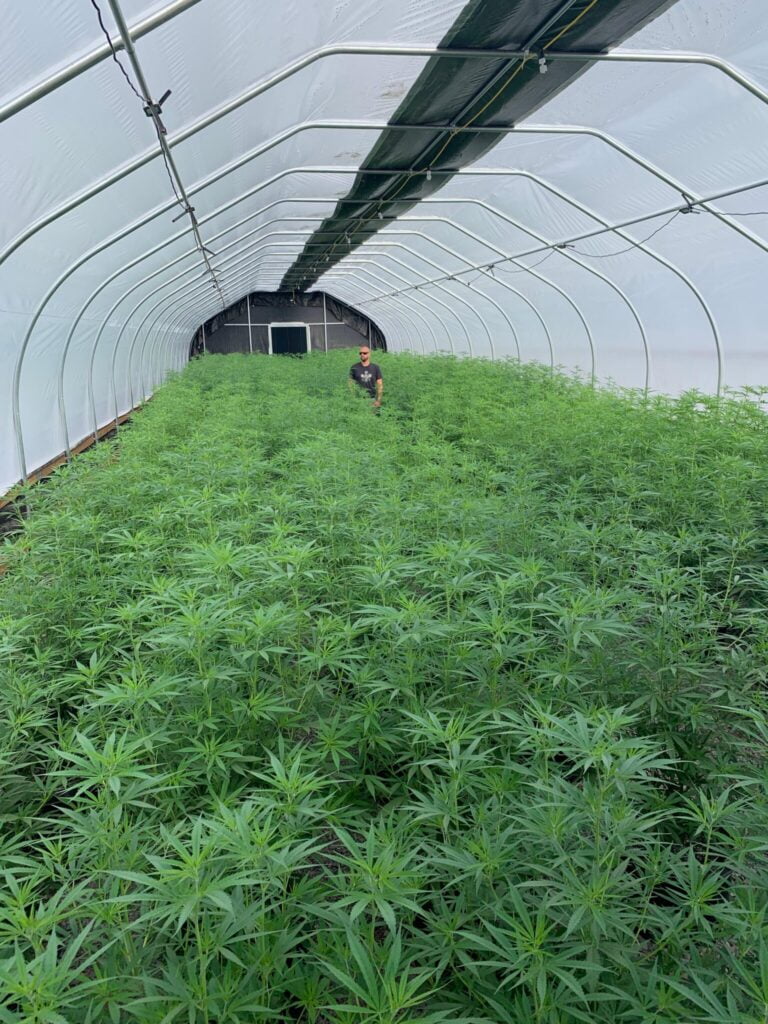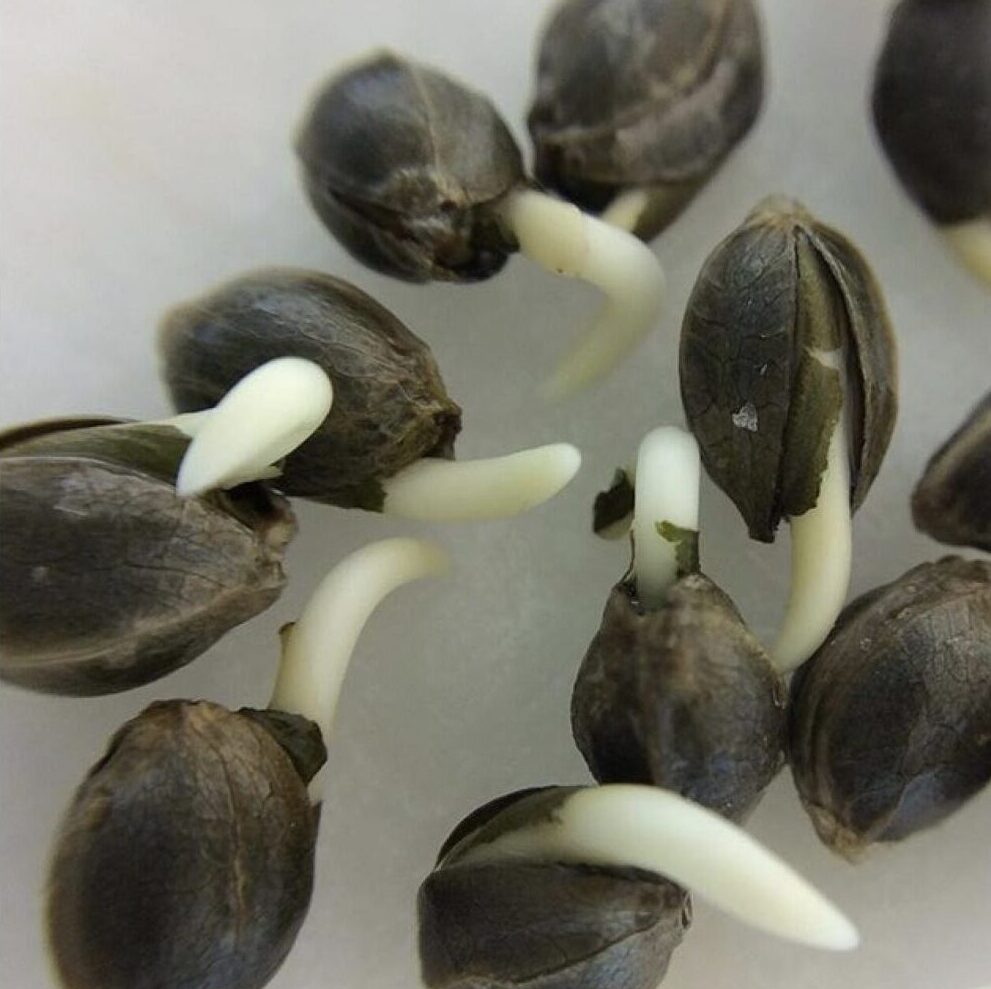Introduction
Hemp cultivation has experienced a cultural rebirth in recent years, driven by the increasing demand for CBD products and the legalization of hemp cultivation in many regions. As the industry evolves, growers constantly seek ways to optimize their practices to produce premium hemp genetics. To achieve this, it’s important to understand and implement the best cultivation practices. This article will discuss the best cultivation practices for premium hemp genetics and ensuring higher yields.
Importance of cultivation practices in maximizing Hemp’s genetic potential
Cultivation practices play a vital role in maximizing the genetic potential of hemp plants. While genetics serves as a foundation for plant traits such as cannabinoid content, terpene profiles, and disease resistance, it is through cultivation practices that these genetic traits are expressed to their fullest expression. Here are some key reasons why cultivation practices are crucial in maximizing genetic potential:
- Environmental Optimization
Cultivation practices directly influence the environment where hemp plants grow. Light, temperature, humidity, and soil composition can significantly impact gene expression and plant health. By maximizing these environmental conditions, growers can create an ideal growing environment that promotes the expression of desired genetic traits.
- Nutrient Management
Proper nutrient management is essential for supporting sturdy growth and maximizing genetic potential. Hemp plants require a balance of macronutrients (nitrogen, phosphorus, and potassium) and micronutrients (iron, zinc, and magnesium) to thrive. By providing the right nutrients in the appropriate quantities and ratios, growers can ensure that hemp plants have everything they need to express their full potential.
- Crop Monitoring and Management
Regularly monitoring hemp crops allows growers to promptly identify and address issues, preventing potential setbacks that could hinder genetic expression. This includes monitoring for pests, diseases, nutrient deficiencies, and environmental stressors. By implementing proactive management strategies, such as integrated pest management and crop rotation, growers can maintain optimal growing conditions and support the expression of desirable genetic traits.
- Harvest Timing
Knowing the optimal time to harvest hemp plants is crucial for maximizing cannabinoid content and overall quality. Harvesting too early or too late can result in suboptimal cannabinoid levels and diminished potency. By closely monitoring plant development and cannabinoid accumulation, growers can harvest their crops at the peak of cannabinoid production, ensuring that they achieve the highest possible levels of CBD, CBG, or other desired cannabinoids.

Benefits of using premium genetics in hemp cultivation
Using premium genetics in hemp cultivation offers many benefits, ranging from higher yields and superior quality to increased resilience and market competitiveness. Below are some important benefits of using premium genetics in hemp cultivation:
- Optimized Cannabinoid Content
Premium genetics are typically selected for their high cannabinoid content, whether CBD, CBG, or other desirable cannabinoids. By using strains bred for elevated cannabinoid levels, growers can produce hemp plants with higher concentrations of these beneficial compounds, enhancing the potency and effectiveness of the final products.
- Improved Terpene Profiles
Terpenes are aromatic compounds in hemp plants that contribute to their flavor, aroma, and therapeutic effects. Premium genetics often boast diverse and robust terpene profiles, offering a broader range of flavors and potential health benefits. By cultivating hemp with superior terpene profiles, growers can produce more aromatic and flavorful extracts, oils, and other hemp-derived products.
- Consistency and Uniformity
Premium genetics are typically bred for consistency and uniformity, ensuring that each plant within a cultivar exhibits similar traits. This uniformity is essential for commercial hemp cultivation, as it aids efficient cultivation practices, harvest logistics, and product standardization. By using quality genetics, growers can minimize variability and achieve more predictable outcomes regarding yield, cannabinoid content, and overall quality.
- Enhanced Disease Resistance
Selective breeding programs often incorporate disease resistance and pest resilience traits, resulting in hemp strains with increased vigor and resistance to common pathogens and pests. By using quality genetics bred for disease resistance, growers can minimize the risk of crop loss due to pests, fungi, or other detrimental factors, leading to more reliable harvests and higher overall yields.
- Optimized Growing Characteristics
Premium genetics are typically selected for their favorable growing characteristics, such as rapid growth rates, wide branching structures, and adaptability to various environmental conditions. These traits make premium strains easier to cultivate and manage, allowing growers to maximize their efficiency and productivity.
- Market Differentiation and Premium Pricing
In an increasingly competitive hemp market, premium genetics can help growers differentiate their products and command premium prices. Consumers are often willing to pay more for hemp-derived products from high-quality, genetically superior strains known for their potency, flavor, and overall appeal. By cultivating premium genetics, growers can position themselves as producers of premium-grade hemp products and gain a competitive edge in the marketplace.

The Best Cultivation Practices for Premium Hemp Genetics
Cultivating premium hemp genetics requires careful attention to detail and adherence to best practices throughout the cultivation process. From pre-planting preparation to post-harvest handling, every step plays a crucial role in maximizing the genetic potential of hemp plants.
- Pre-Planting Preparation
Thorough pre-planting preparation is essential to creating an optimal growing environment before planting hemp seeds or transplants. This includes soil testing to assess nutrient levels and pH and amendments to correct any deficiencies. Additionally, preparing the soil through tillage or cultivation helps promote good soil structure, drainage, and aeration, which are crucial for healthy root development. Weed control measures, such as pre-planting herbicide application or mechanical cultivation, can also be implemented during this stage to minimize weed competition and ensure a clean planting bed.
- Planting Techniques
Choosing the right planting technique is critical for establishing healthy hemp crops. Depending on the cultivation method (e.g., direct seeding or transplanting), proper spacing between plants and rows should be determined to optimize light penetration and airflow. Care should be taken to plant seeds at the appropriate depth and soil moisture conditions to promote uniform germination and seedling emergence. Additionally, planting during the optimal time for local growing conditions maximizes the potential for vigorous growth and development.
- Nutrient Management
Effective nutrient management is essential for supporting growth and maximizing the expression of desirable genetic traits in hemp plants. Regular soil testing throughout the growing season helps monitor nutrient levels and adjust fertilizer applications accordingly. Organic amendments, such as compost or manure, can be introduced into the soil to improve soil health and fertility. Balancing nitrogen, phosphorus, potassium, and micronutrient levels is crucial for promoting healthy vegetative growth, flowering, and cannabinoid production.
- Weed Control
Effective weed control is essential in hemp cultivation to prevent resource competition and minimize yield losses. Implementing cultural, mechanical, and chemical weed control methods helps manage weed pressure while reducing environmental impact. Cultivation tools, such as cultivators or hoeing implements, can mechanically remove weeds between rows or within the crop canopy. Mulching with organic materials or plastic film helps suppress weed growth and conserve soil moisture.
- Harvesting and Post-Harvest Handling
Harvesting hemp at the optimal time is crucial for preserving cannabinoid content and overall quality. Monitoring plant maturity through visual inspection and cannabinoid testing helps determine the ideal harvest window, typically when plants have reached peak cannabinoid levels and resin production. Careful handling during harvesting helps preserve trichomes and minimize cannabinoid degradation. Post-harvest drying and curing processes are essential for removing excess moisture and enhancing flavor and aroma profiles. Proper storage conditions help prevent mold and microbial growth during storage, ensuring the longevity and quality of harvested hemp biomass.
Conclusion
By mastering these essential cultivation practices, growers can unlock the full potential of premium hemp genetics, ensuring top-notch quality and maximum yield. From pre-planting prep to post-harvest care, every step counts in elevating hemp cultivation to new heights of success and profitability.
